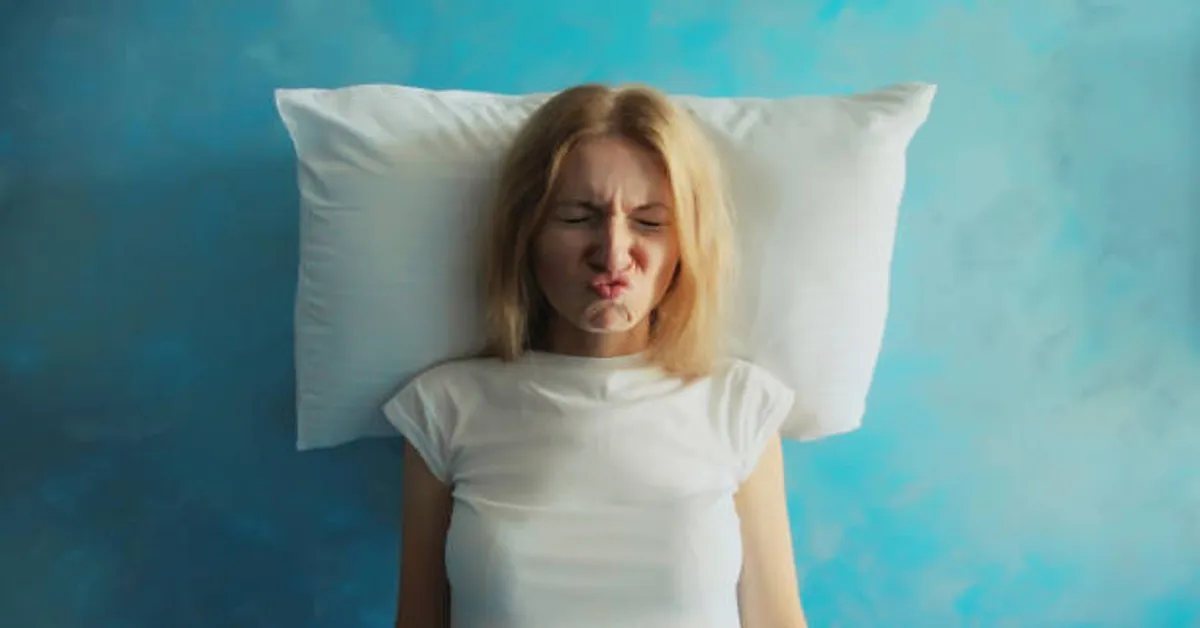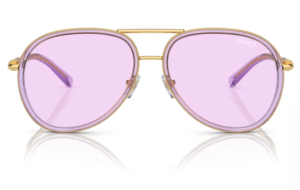Aging is an inevitable part of life, and while some changes are embraced with grace, others can become sources of concern. One term that has gained significant attention in dermatology and cosmetic medicine is “Pillow Face.” This condition refers to a swollen, overly plump, or unnatural appearance of the face, often associated with excessive dermal filler use or certain cosmetic procedures. Unlike natural aging, where the skin gradually loses elasticity and volume, pillow face gives a puffy, sometimes distorted look that many find unflattering and difficult to correct without medical help.
In this article, we will explore the causes, symptoms, mechanisms, risk factors, treatment options, and preventive strategies for pillow face in great depth. Additionally, we will compare it with other facial changes, provide tables for clarity, and answer frequently asked questions.
Understanding Pillow Face
Pillow face is not an official medical term but rather a descriptive phrase often used by patients, dermatologists, and the media to identify an unnatural fullness or puffiness in the cheeks and midface. The name comes from the resemblance of the face to being pressed into a pillow—round, swollen, and lacking natural contours.
At its core, pillow face results from excessive volume restoration in inappropriate areas, whether from fillers, fat grafting, or even natural fat redistribution caused by lifestyle and aging. This fullness interrupts the delicate balance of facial harmony, where each feature—cheeks, jawline, eyes, lips—should complement the others.
Causes of Pillow Face
Pillow face can be triggered by multiple factors. Below is a breakdown:
1. Excessive Use of Dermal Fillers
Dermal fillers, particularly hyaluronic acid-based injectables, are used to restore lost volume and reduce wrinkles. While effective in moderation, too much filler creates unnatural bulges and smoothness, erasing natural contours.
2. Incorrect Placement of Fillers
Even small amounts of filler can lead to pillow face if placed in the wrong tissue layer. For example, filler injected too superficially may create lumps, while deep overfilling can push tissues forward, creating puffiness.
3. Overuse of Cosmetic Treatments
Some individuals undergo frequent touch-ups without allowing the previous filler to dissolve fully. Over time, this layering effect exaggerates volume, leading to pillow face.
4. Natural Fat Redistribution with Age
Even without fillers, natural aging can mimic pillow face. Fat tends to shift downward with age, but in some individuals, fat accumulation in the cheeks or under the eyes may give a swollen look.
5. Water Retention and Lifestyle Factors
High sodium intake, alcohol consumption, lack of sleep, or certain medications may contribute to swelling in the face, mimicking or worsening pillow face.
Mechanism of Pillow Face
The human face is a complex structure consisting of skin, fat pads, muscles, and bone. With aging, bone resorption and fat pad shrinkage occur, leading to sagging. Dermal fillers are intended to restore balance, but overcompensation leads to a distorted mechanism:
- Filler accumulation expands soft tissue compartments → unnatural puffiness.
- Loss of anatomical landmarks such as the nasolabial fold or cheekbone definition.
- Reduced skin mobility making facial expressions stiff or mask-like.
- Compression of lymphatic drainage → long-term swelling and bloating.
Key Signs and Symptoms
Identifying pillow face early allows intervention before permanent changes occur.
| Symptom | Description | Severity |
|---|---|---|
| Puffy Cheeks | Overly round, swollen midface | Mild to Severe |
| Flattened Contours | Natural cheekbones disappear | Moderate |
| Eye Distortion | Puffy under-eyes, smaller eye appearance | Mild to Severe |
| Heavy Smile | Smile looks forced, cheeks weigh down expressions | Moderate |
| Loss of Natural Angles | Jawline and temples lose sharpness | Severe |
Emotional and Psychological Effects
Beyond physical appearance, pillow impacts confidence, self-image, and emotional well-being. Many patients report feeling “fake,” “unnatural,” or “distorted” after developing pillow face. This emotional burden often drives individuals to seek reversal treatments or stop cosmetic interventions entirely.
Long-Term Consequences
If untreated, pillow can lead to:
- Tissue Stretching: Skin elasticity may be permanently damaged due to constant overfilling.
- Filler Migration: Material may move into unintended areas, worsening puffiness.
- Delayed Aging Signs: Once fillers dissolve, the face may appear more sagged than before.
- Psychological Stress: Dissatisfaction and regret may discourage patients from seeking necessary aesthetic treatments later.
Treatment Options for Pillow Face
The good news is that pillow is treatable. Various interventions can help restore balance.
1. Filler Dissolving (Hyaluronidase Enzyme)
- Works on hyaluronic acid fillers.
- Breaks down filler material quickly.
- Results are seen within days.
2. Waiting for Natural Dissolution
- Fillers usually last 6–18 months depending on type.
- Patients can wait for natural breakdown, though results are slow.
3. Facial Massage and Lymphatic Drainage
- Helps reduce puffiness caused by water retention.
- Useful as supportive therapy, not a cure for overfilling.
4. Surgical Options
- In severe cases, fat removal or face contouring surgery may be required.
- Invasive and costly, but effective for long-term correction.
5. Lifestyle Adjustments
- Reducing sodium intake, alcohol, and improving sleep.
- Hydration and exercise to boost natural circulation.
Preventive Strategies
The best approach is prevention.
| Strategy | Benefit |
|---|---|
| Choose Experienced Injector | Ensures correct placement & dosage |
| Conservative Approach | Less filler avoids overfilling |
| Use Dissolvable Fillers | Easier to reverse if needed |
| Space Out Treatments | Allows natural metabolism of old filler |
| Regular Assessments | Monitoring prevents buildup |
Difference Between Pillow Face and Natural Aging
| Factor | Pillow Face | Natural Aging |
|---|---|---|
| Cheek Shape | Puffy, round | Flattened, sagging |
| Eye Area | Swollen, smaller | Hollow, droopy |
| Jawline | Blurred | Sharper but loose skin |
| Cause | Overfilling, lifestyle | Bone & fat loss |
| Reversibility | Possible with treatment | Not fully reversible |
Healthy Alternatives to Avoid Pillow Face
- Micro-needling for collagen stimulation.
- Radiofrequency treatments for skin tightening.
- PRP (Platelet-Rich Plasma) for natural rejuvenation.
- Balanced nutrition and skincare to slow aging naturally.
These methods promote gradual, natural improvements without the risk of overfilling.
Expert Guidance
Dermatologists emphasize the principle of “less is more” when it comes to fillers. A youthful appearance does not necessarily mean fullness but rather balanced proportions, defined contours, and healthy skin texture. Patients should communicate openly with their practitioners and avoid chasing exaggerated results.
ALSO READ: Gel Hard Gel: Complete Guide to Strong & Lasting Nail Enhancements
Frequently Asked Questions (FAQs)
1. What is pillow face?
Pillow face is a condition where the face appears swollen, puffy, and overly full, usually due to excessive dermal fillers or fat redistribution.
2. How long does pillow face last?
It may last several months to years depending on filler type. Hyaluronic acid fillers can be dissolved with hyaluronidase for faster correction.
3. Can pillow face happen naturally without fillers?
Yes. Aging, water retention, and lifestyle factors may mimic pillow face, though fillers are the most common cause.
4. How can I prevent pillow face?
Choose experienced professionals, avoid overfilling, use dissolvable fillers, and allow time between treatments.
5. Is pillow face reversible?
Yes, especially if caused by hyaluronic acid fillers. Treatments like hyaluronidase, surgery, or natural metabolism can restore normal appearance.









